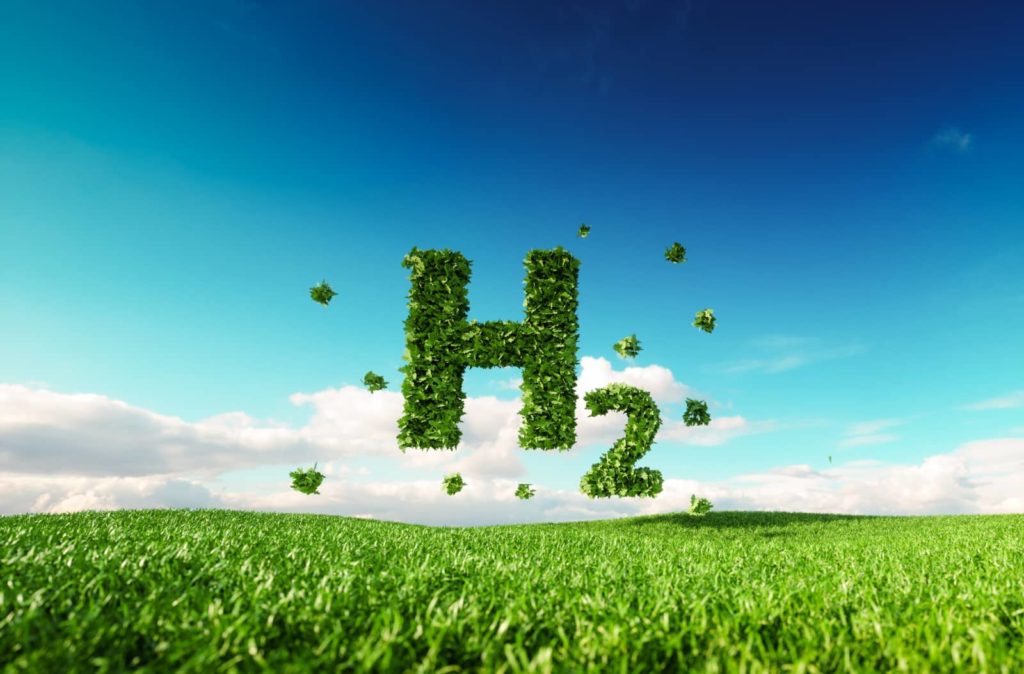A PIONEERING PROJECT

The Natural Energy of Hydrogen
The Natural Energy of Hydrogen is a truly pioneering project in our country. It covers about 80 customers, residential, tertiary and industrial, and thus represents an important step in the national energy transition plan.
The customers concerned have started to receive a 2% mixture of green hydrogen in the gas network, which will gradually increase up to a maximum of 20% over a period of 2 years, which is the estimated duration for carrying out this pilot project.
The whole process will be monitored and followed up in detail by a group of experts, so that it can become a benchmark of good practice for many other projects that will occur in the future, both nationally and internationally.
Because of its importance and innovation, The Natural Energy of Hydrogen has backing from several partners: these partners are not only from the field of engineering; higher education entities and public and private institutions also provide contributions.
It should also be noted that green hydrogen, which is 100% renewable, is being produced in the Seixal Industrial Park, in partnership with the local company Gestene.

THE PROJECT'S OBJECTIVES
With the introduction of hydrogen as a 100% renewable energy carrier, we are taking an important step in the energy transition to a cleaner form of energy with less environmental impact. The main objective of The Natural Energy of Hydrogen is to study the impact of the injection of H2 on the management of the distribution infrastructure and consumers’ heating equipment, allowing us to acquire know-how in relation to the following aspects:
- Behaviour of the polyethylene (PE) network when carrying H2 at 100%;
- Suitability of the H2/NG mixture control device;
- Suitability of the operating procedures to transport mixtures of NG and H2;
- Development of the methodology for allocating the Gross Calorific Value (GCV) to be used for determining the energy to be invoiced at each point of consumption in the area covered;
- Development of the methodology to be applied to energy balances and distributions in the area covered.
- Behaviour of the equipment used – stoves, heaters and natural gas boilers already present in the installations for use covered – the variations in gas quality, within the limits of interchangeability referred to in the literature.
AMBITION
The development of the The Natural Energy of Hydrogen project represents an important milestone in the history of the energy transition in Portugal. This project, starting in Seixal and aiming to expand to other locations in our country, will serve the purpose of meeting the decarbonisation targets to which Portugal and the European Union are committed.
DISTRIBUTION
The Natural Energy of Hydrogen is the first project in Portugal to bring a mixture of green hydrogen and natural gas to a restricted group of 80 consumers of different types.
In the first stage, the mixture will entail the injection of about 2% volume of hydrogen, with an intended increase up to 20% volume within a period of 2 years.
STEPS
The introduction of green hydrogen into the gas network went through three different phases before reaching the 80 consumers who are participating in the first gas sector decarbonisation project in Portugal.
A primeira fase, de preparação, serviu para desenhar todo o enquadramento do desenvolvimento do projeto, fazer o levantamento de necessidades técnicas e de comunicação com todos os envolvidos, e para garantir o alinhamento entre os stakeholders.
In the second stage, marked by the beginning of construction of the infrastructure necessary for development of the project, we focused on forming specialist teams, communicating with customers and suppliers, carrying out the necessary inspections and commencing hydrogen production.
The third and final stage of the project begins with the first injection into the built network segment, which connects the production site to the Mixing Station (EMC). At the EMC, hydrogen is mixed with natural gas and distributed via the existing network and delivered to consumers. The gradual increase in the volume of hydrogen in the mixture will allow constant monitoring which will provide important data for project implementation.
